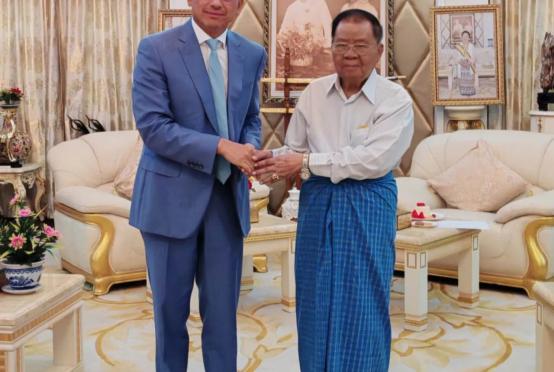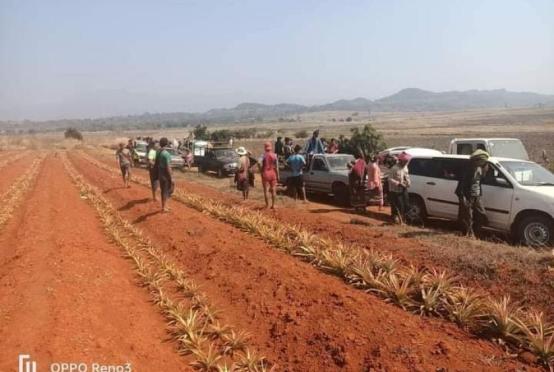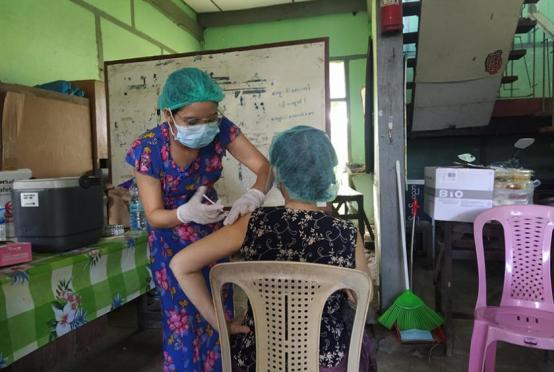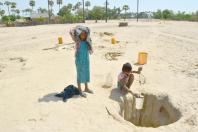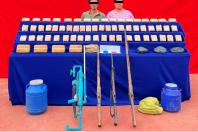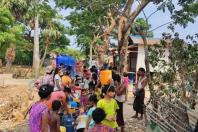Fish and prawn production in Rakhine State has declined by more than 80 per cent, compared to that in Ayeyawady and Taninthayi Regions, according to a research paper titled “Rakhine State Investment Opportunities” released on February 22.
There are a wide variety of fishes in Rakhine. It has a lot of opportunities for the establishment of fish and prawn breeding industries along the coast. It can produce fish and prawn to fully satisfy local and oversea demands, the report says.
Currently, locals are still using traditional fishing and breeding methods. As a result, fish and prawn production in Rakhine State is relatively low compared to Ayeyawady and Taninthayi Regions which belong to the coast.
In 2016-2017 fiscal year, Ayeyawady Region produced over 1.2 million visses of fish and prawn, over one million visses in Taninthayi Region, over 0.338 million visses in Yangon Region, about 0.29 million visses in Bago Region, over 0.17 million visses in Mon State and about 0.17 million visses in Rakhine State.
The fishery sector in Rakhine State can be classified into three—inland fishery industry, offshore fishery industry and fish and prawn breeding industry.
Rakhine boasts to the 443-mile-long coast, offshore islands and rivers for fish and prawn breeding. But it stands sixth on the fish and prawn production.
Locals are still using traditional farming and breeding methods. The Rakhine State Investment Committee will invite locals and other investors as these two sectors see a significant decline in production.
Dr. Htoo Min Thein, Secretary of the Rakhine State Investment Committee told the State-owned newspaper on 16 February: “Agriculture and livestock sectors need reforming. Rakhine State has lands and is rich in natural resources. It lacks technology and investments. Interested countries are invited to make investments in partnership with local farmers. In addition, they can invest in fish and prawn breeding industries which are still using traditional methods. As a result, fish and prawn production has declined. The government is inviting foreign companies to invest mainly in agriculture and livestock sector, fishery sector and hotels and tourism sector.”

